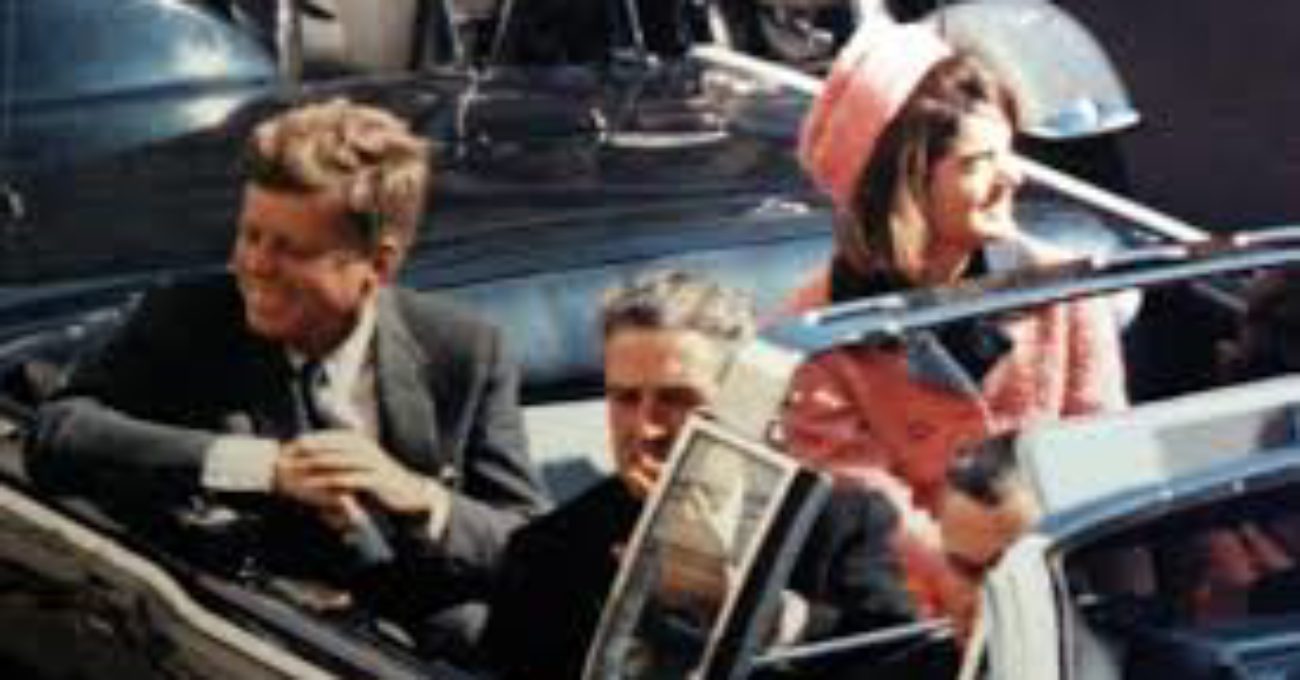ETX professor shares history, significance of JFK assassination from Lauren Callahan on Vimeo.
TYLER, TX (KLTV) – Our country remembers a moment of collective grief Friday, as we reflect on the life and death of President John F. Kennedy in Dallas on November 22, 1963.
The president’s trip to Texas fifty years ago actually started on November 21, with visits to San Antonio and Houston, and an early morning stop on November 22 in Fort Worth.
It was meant to be one of the first campaign trips of the 1964 election for President Kennedy. He had carried Texas and its then-25 electoral votes in 1960 by a mere 46,000 votes, and he knew he needed to shore up support in a state that was becoming more conservative.
TJC Government Professor David McClendon said Kennedy needed to make the trip himself, riding in motorcades to be close to the crowds. because Texas’s political landscape was changing. When Kennedy was elected President in 1960, Texas’s senior Senator, Lyndon B. Johnson, became Vice President, and for the first time since Reconstruction, Texans elected a Republican, John Tower, to take his place.
“That signaled something to the Democratic party and to Kennedy that, hey, things were changing in Texas. Texas is going to be an even more competitive state four years from now when it’s time for re-election,” McClendon said. “And so that set the stage for Kennedy needing to make a campaign tour back to Texas, beginning in 1963.”
The president was almost finished with the Dallas leg of the trip when he was assassinated in Dealey Plaza at 12:30 p.m. CST. He was to give a speech at a luncheon at the Dallas Trade Mart, and then make one last stop in Austin that night.
But because of the changing political atmosphere in Texas, and especially in Dallas, Kennedy had been warned before the trip not to include Dallas on his itinerary.
McClendon says Dallas was “ultraconservative” back in 1963, with groups like the John Birch Society taking an active role in local politics. During a visit to Dallas just the month before the assassination, the UN Ambassador Adlai Stevenson had been hit on the head with a placard during a protest, and advisors feared more of the same would happen to the president.
“The warnings against President Kennedy coming to Dallas weren’t necessarily warnings against his life,” McClendon said. “They were warnings about, what would the political scene look like early on in a campaign if there was an incident down on the runway or the tarmac or the handshaking line, if someone put a negative sign, an opposition sign or a protest sign that was against the President’s policy positions.”
Professor McClendon noted that it’s not clear why Lee Harvey Oswald shot President Kennedy — he wasn’t a member of the John Birch Society or any other conservative groups that historians know of. But because Oswald was shot and killed just two days later, we’ll never be able to answer why he shot Kennedy.
McClendon says the vision of the country also shifted along with a sudden change in leadership.
Kennedy was the first president born in the 20th century, and he had inspired young people across the country to enter public service.
McClendon says some of the principles Kennedy was in Texas campaigning for, like advancements in science and technology and the idea of equality for all, regardless of gender or race, were never realized in the way he intended them to be.
“The young guard, the youth of America that had been attracted to public service and public life by Kennedy was not able to be carried forth beyond just that three years,” said McClendon. “So there was a kindling of inspiration that was quickly snuffed out. ”
John F. Kennedy was also the first president to have embraced modern technology, which included the then-new medium of television.
Because they saw him and his family often, Americans felt especially connected to the Kennedys. Then, when the assassination happened, Americans were able for the first time to watch the tragedy unfold live and in their homes.
It’s the images from that day, that weekend, that McClendon says make this event and the anniversary so significant.
“The sheer joy, the enthusiasm, the excitement, the personal relationship that people felt like they had with the president at that period of time, and the way in which the trip to Texas was kind of like an exciting thing for Texans,” he said. “And then, when the assassination happened, the terror that appeared on the faces of Texans. The shock, the disbelief, the unknown that then appeared on people’s faces about what does this mean for us and what does it mean for our future?”
But the grief was also strong across the country. “And then during those next several days leading up to the funeral, the sorrow and the grief and the pain that is there,” McClendon said. “Those are the indelible images in my mind that tell the story about what Kennedy meant to the people of Texas and the people of the United States and the people of the world.”
Looking at the response of those warm, cheering crowds, published reports say that Nellie Connally, who was sitting in front of Jacqueline Kennedy, turned around to President Kennedy about a minute before he was shot and said, “You can’t say Dallas doesn’t love you, Mr. President.”
To which he replied, “You sure can’t.”
The shots then rang out in Dealey Plaza, altering the course of history forever.
Copyright 2013 KLTV. All rights reserved.
